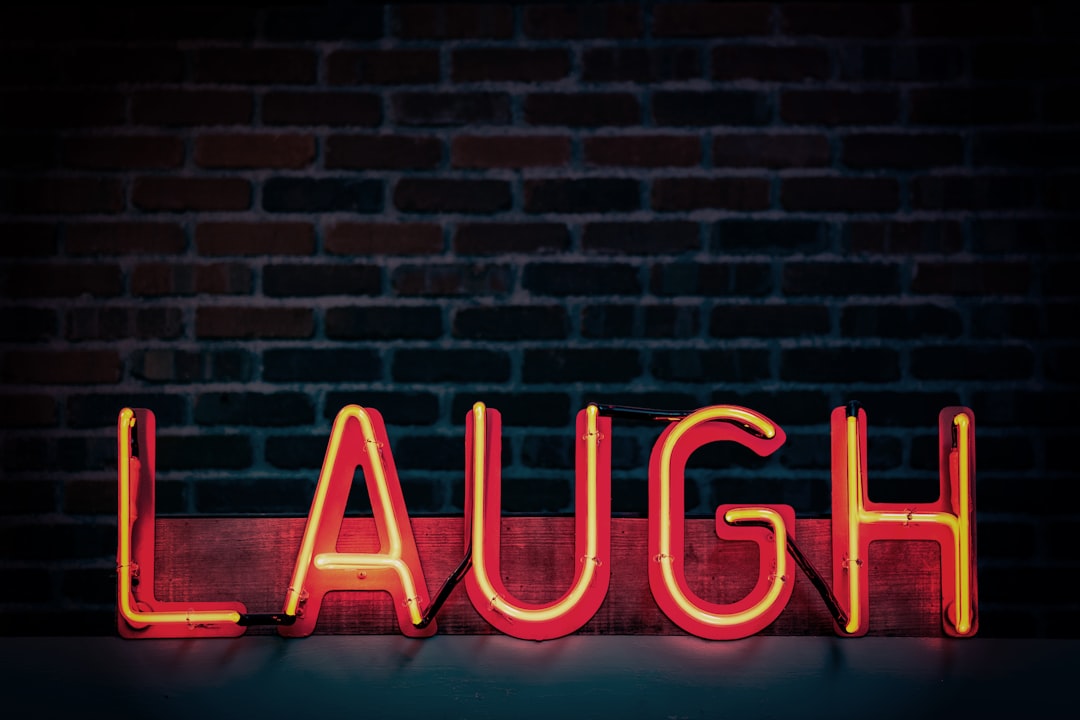What is it about?
Patients with extreme overbites and underbites and other jaw disproportions have more speech disorders compared to the general population. However, our knowledge of how jaw disproportions impact speech is limited and somewhat conflicting. Recordings from patients with severe jaw disproportions (underbites, overbites or open bites) were studied to see how consonants are different in these patient groups relative to well-proportioned controls. We found that patient groups had differences in how much noise they produce in sibilants like /s/.
Featured Image

Photo by Diana Polekhina on Unsplash
Why is it important?
This work provides insight into why patients with jaw disproportions have speech disorders. It also serves as a foundation for future studies where we look at changes in speech after jaw surgery.
Perspectives
This has been a nice collaboration between people whose expertise is in dentistry and people whose expertise in speech. Together we have learned a lot about how jaw differences relate to speech differences.
Jeff Mielke
North Carolina State University
Read the Original
This page is a summary of: Multitaper Spectrum Analysis of Consonants Produced by Patients With Dentofacial Disharmonies, Journal of Speech Language and Hearing Research, January 2024, American Speech-Language-Hearing Association (ASHA),
DOI: 10.1044/2023_jslhr-23-00280.
You can read the full text:
Contributors
The following have contributed to this page










